|
|
$ M2 t4 e0 s9 n- u2 N" y( f V
+ Z& C& D% F( o6 _/ z) Z/ f
| Table 3- Temperature limits- p; {2 D: m1 v Z# O5 z
| 9
1 C' y# c2 T" y | 61010-1(ed.1);am1;am2; F0 y8 X! a6 f! u6 P: k8 Q
|
, s. F& z$ X% A, H* L7 w0 `
- v/ T" C1 d( z) L5 w9 ]1 e% l9 k5 }Standard:- |3 ~' m0 N7 U
IEC 61010-
9 |( v* x. `7 M7 [0 h7 _1:1990+A1:1992+A2:1995
# T0 l; D6 B MSub clause:
* ^) } b* u: }1 o9
. Y3 r+ [- z( V3 B! gSheet n. 308/ I1 X: L0 x. e7 n" ^1 `+ H
Page 1(1)
8 d7 K+ O& g8 j& J9 ?1 k$ cSubject:9 g$ f5 V5 o1 p8 R6 q' i/ n! M( s
Table 3 - Temperature limits
5 } R0 Q2 g: o: j1 Z9 r7 CKey words:
$ [2 s8 t7 v* J7 I$ j- Fire point
; K9 v( D: P( y" b' W; U- Temperature
* w! S! `, E0 r4 bDecision taken by
/ Q) s- F8 H: w ?9 k2 Z: c2 EETF3 and confirmed8 S' j8 Z# V% z, l) P9 V# m
by CTL at its 38th
4 \: c4 L" ]7 Zmeeting, in Toronto7 t# ?: `; }0 Z/ _! D6 b
Question:
! ~6 q* s4 I4 `# x- _5 IHow can the requirements of this clause be used for parts in contact with liquids. Where can
; f, B# i" u4 t% o% m# Wthe figures for Fire Point be obtained?
6 k6 n. K+ p% d# p' q6 aDecision and Explanation
# o1 J3 ]) i4 H. t1 p: XThis requirement should only be applied where a hazard may arise.8 j5 n0 M$ r4 `0 u7 a; [ }+ Q
Figures for fire point are available in ANSI/NFPA 497-1997, published by the National Fire
$ b% L, a( E, N. J, GProtection Association, Quincy, Massachusetts, USA.
0 E: [! l3 L9 B+ ^Table 2-1 of NFPA 497 identifies flash points, autoignition temperatures T4 s2 T; p; ?1 T
(fire points), lower and upper flammable limits (in %), vapor densities,
; m$ Z. _2 x' N, y; svapor pressures, minimum ignition energies, minimum ignition current ratios,
4 E1 X, I7 I0 l9 C5 fand maximum experimental safe gaps of approximately 225 common liquids and/ {% A' m1 r+ t' U
gases.
/ a4 y X ~0 y' s) j+ g3 h3 m" d( h4 X8 S _4 W
' u# B Y$ Z! t% T# ~
6 k+ K9 r7 X: W8 H/ l1 K8 G |
本帖子中包含更多资源
您需要 登录 才可以下载或查看,没有账号?注册安规
x
|



 窥视卡
窥视卡 雷达卡
雷达卡 发表于 2012-9-19 14:51
发表于 2012-9-19 14:51
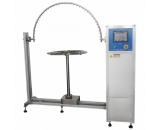

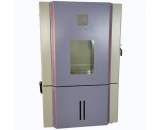

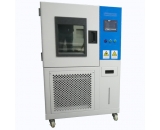

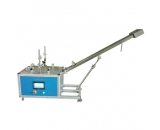

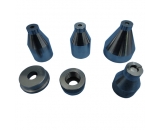






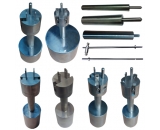
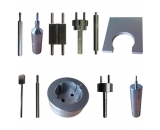
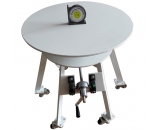
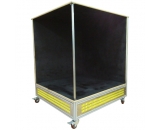

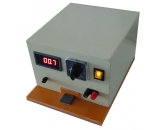
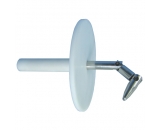
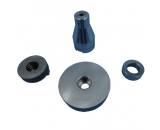
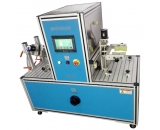
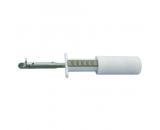
 提升卡
提升卡 置顶卡
置顶卡 沉默卡
沉默卡 喧嚣卡
喧嚣卡 变色卡
变色卡 抢沙发
抢沙发 千斤顶
千斤顶 显身卡
显身卡













